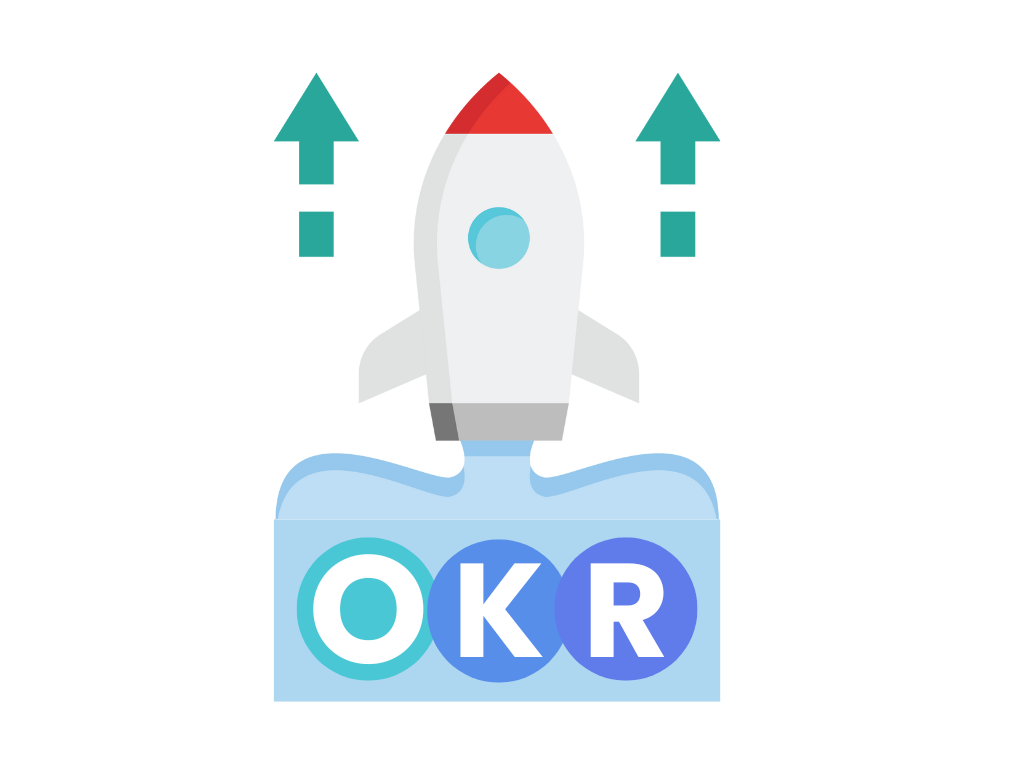ARTICLE
Ultimate OKR Guide: Boost Startup Success with Effective Goals

Article Overview
Unlock your business potential with CockpitZone.
Streamline operations, boost productivity, and drive growth with our powerful tools.
Request a demo
Startups operate in a fast-paced, dynamic environment where clear goals and agile strategies are crucial for success. The Ultimate OKR Guide offers a powerful framework—Objectives and Key Results (OKRs)—to set ambitious goals, align team efforts, and track progress effectively. This guide will delve into the OKR framework, explore its benefits for startups, and provide step-by-step instructions on setting and tracking OKRs efficiently.

What are OKRs?
OKRs consist of two main components:
- Objectives: These are high-level, qualitative goals that provide a clear direction and vision. Objectives should be inspiring, time-bound, and aligned with the company’s overall mission.
- Key Results: These are specific, measurable outcomes that indicate progress toward the objective. Key Results should be quantifiable, achievable, and time-bound.
Benefits of OKRs for Startups
- Clarity and Focus: OKRs help startups define and communicate their priorities, ensuring everyone is on the same page.
- Alignment: OKRs align individual and team goals with the company’s mission, fostering collaboration and synergy.
- Measurable Progress: By setting clear Key Results, startups can track progress and make data-driven decisions.
- Agility: OKRs encourage frequent reviews and adjustments, enabling startups to respond quickly to changes in the market.
Step-by-Step Guide to Setting OKRs for Startups
Step 1: Define Your Objectives
Start with broad, ambitious goals that reflect the company’s mission and vision. Objectives should be inspiring and provide a clear direction. Here are a few examples:
Increase Market Share: Aim to become a leading player in your industry.
Enhance Customer Satisfaction: Focus on providing an exceptional customer experience.
Expand Product Offerings: Introduce new products or services to meet market demands.
Step 2: Set Measurable Key Results
For each objective, define 3-5 Key Results that are specific, measurable, and time-bound. These Key Results should clearly indicate progress toward the objective. Here are examples for each of the above objectives:

Finding a Compelling 'Why'
Key Result 1: Achieve a 10% increase in market share by the end of Q4.
Key Result 2: Acquire 500 new customers by the end of Q4.
Key Result 3: Increase website traffic by 20% through targeted marketing campaigns.
Objective: Enhance Customer Satisfaction
Key Result 1: Achieve a Net Promoter Score (NPS) of 70 or higher.
Key Result 2: Reduce customer support response time to under 2 hours.
Key Result 3: Increase customer retention rate by 15%.
Objective: Expand Product Offerings
Key Result 1: Launch two new products by the end of Q3.
Key Result 2: Achieve $1 million in sales from new products within six months of launch.
Key Result 3: Conduct market research to identify three potential new product ideas.
Step 3: Communicate and Align
Once OKRs are set, communicate them clearly to the entire team. Ensure that everyone understands the objectives, their importance, and how their roles contribute to achieving these goals. This alignment fosters collaboration and accountability.
Step 4: Track Progress Regularly
Regularly review progress toward Key Results. Schedule weekly or bi-weekly check-ins to discuss achievements, challenges, and any necessary adjustments. Use tools like OKR software, project management platforms, or simple spreadsheets to track progress.
Step 5: Reflect and Adjust
At the end of each OKR cycle (typically quarterly), conduct a thorough review. Assess which Key Results were achieved, which were not, and why. Use these insights to refine your OKRs for the next cycle. Continuous improvement is key to leveraging the full potential of OKRs.

Tips for Successful OKR Implementation
Start Small: Begin with a few high-priority objectives to avoid overwhelming the team.
Be Realistic: While objectives should be ambitious, Key Results must be achievable. Unrealistic goals can demotivate the team.
Encourage Collaboration: Foster a collaborative environment where team members work together to achieve common goals.
Celebrate Successes: Acknowledge and celebrate the achievement of Key Results to boost morale and motivation.
Iterate and Improve: Use feedback and lessons learned to continuously improve the OKR process.
Common Pitfalls to Avoid
Setting Too Many Objectives: Focus on a few high-impact objectives to maintain clarity and focus.
Neglecting Alignment: Ensure all team members understand and are aligned with the OKRs to avoid siloed efforts.
Ignoring Regular Check-ins: Consistent tracking and review are crucial for identifying issues early and making necessary adjustments.
Lack of Flexibility: Be prepared to adjust OKRs in response to changing circumstances or new insights.

Real-Life Examples of OKRs in Startups
Example 1: A SaaS Startup
Objective: Increase Monthly Recurring Revenue (MRR)
- Key Result 1: Increase MRR by 20% by the end of Q4.
- Key Result 2: Reduce customer churn rate to 5%.
- Key Result 3: Launch a referral program and acquire 100 new customers through it.
Example 2: An E-commerce Startup
Objective: Improve Customer Experience
- Key Result 1: Achieve a customer satisfaction score of 90% or higher.
- Key Result 2: Reduce average order fulfillment time to 24 hours.
- Key Result 3: Implement a new live chat support feature and handle 80% of inquiries within 5 minutes.
Example 3: A Fintech Startup
Objective: Expand Market Reach
- Key Result 1: Enter two new international markets by the end of Q3.
- Key Result 2: Secure partnerships with three local banks in new markets.
- Key Result 3: Achieve $2 million in new market revenue within six months of entry.
Conclusion
Setting and tracking OKRs is a powerful way for startups to achieve ambitious goals, align team efforts, and foster a culture of accountability and continuous improvement. By following the steps outlined in this guide, startups can effectively implement OKRs and navigate the dynamic business landscape with clarity and confidence.
Remember, the key to successful OKR implementation lies in setting clear, measurable goals, maintaining regular communication and alignment, and continuously reflecting and adjusting based on feedback and results. With these practices in place, your startup can leverage OKRs to drive growth, innovation, and long-term success.



